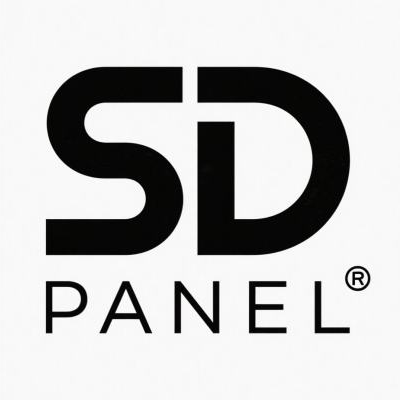Clean room panel price

When people build clean rooms, clean room panel is one of the things that must be considered, and the price of clean room panels is also a concern. So what determines the price of clean room panels? What factors affect clean room panels?
The main factors affecting the price of clean room panel: different panels and core materials.
The price of clean room panel is mainly affected by the panels and core materials. Different panels and core materials have different costs, resulting in great differences in the price of clean room panel.
Core of clean room panel
The core materials of clean room panel mainly include rock wool, aluminum honeycomb, PIR/PU, glass magnesium panel, etc. The type and quality of the core material will directly affect the performance and service life of the clean room panels, thereby affecting the price.
Rock wool is a very common core material for clean room panels. Rock wool clean room panel has excellent sound insulation, heat preservation, fire resistance and other properties, and the price is relatively low, so the price is more affordable. Rock wool clean room panel is required to be used in EU pharmaceutical projects.
Aluminum honeycomb is a lightweight, high-strength material with excellent compression, bending and impact resistance, and electromagnetic shielding function. Aluminum honeycomb panel is suitable for occasions that require high plate strength. However, due to the high manufacturing cost of aluminum honeycomb panel, the price is relatively high. Aluminum honeycomb panel is generally used in aerospace and first-level semiconductor computer rooms.
Polyisocyanurate core is a foamed plastic with an isocyanurate ring in its molecular structure. Compared with ordinary PUR clean room panel, PIR clean room panel biggest feature is that it has good flame retardant properties and temperature resistance. In particular, its better flame retardant properties have attracted widespread attention. PIR clean room panel is commonly used in food processing facilities, frozen foods, pharmaceuticals and clean rooms, etc.
The glass magnesium is a kind of stable gel material, which is configured by magnesium oxide, magnesium chloride and water and then add into modifying agent. Glass magnesium panel has a good flame retardant effect and are often used in clean room ceiling panels and clean room partitions due to their high strength. However, due to the high manufacturing cost, the price of glass magnesium panel is relatively high.
Surface skins of clean room panel
The surface coating of clean room panel mainly includes Pre-painted steel panel, stainless steel panel and antibacterial powder coatings. Pre-painted steel panel is relatively cheap, but have poor corrosion resistance, so they are not completely suitable for some areas with relatively complex controlled environments. Stainless steel panel has strong corrosion resistance, while antibacterial powder coatings have excellent antibacterial properties and are commonly used in special antibacterial clean rooms.
Pre-painted steel clean room panel is used in general clean rooms. Due to their low price, they are more suitable for clean rooms with lower requirements. Generally, the thickness of Pre-painted steel panels is 0.5-0.8mm, and different coatings are selected according to different functional requirements.
Stainless steel clean room panel has strong corrosion resistance and are generally used in medical-grade clean rooms. The general thickness of stainless steel is 0.5mm-1.5mm, and most of them are 316L grade. However, the price of stainless steel is high, so the price of stainless steel clean room panel will also be very high. Anti-microbial powder coating is specially designed for clean rooms with antibacterial requirements, and is not commonly used. In addition, sometimes the supply requires a certain minimum order quantity, so there are certain requirements for quantity, and it is more expensive than Pre-painted steel.
In addition to the above two materials of the cleanroom board itself, the additional functional requirements will also affect the price, such as: for ISO 3-5 cleanrooms, special tongue and groove joints are indispensable, so these joints will also increase the cost; ESD safety panels (surface resistance of 10⁶–10⁹ Ω) require carbon coating, which will increase the cost by 12–25%; the need to increase the ceiling for people to walk also requires a thicker surface and the thickness of the cleanroom board and the reinforcement of the internal frame, all of which will increase the cost of the cleanroom. At the same time, the optimization of the laying of cleanroom panels can reduce the waste and loss of cleanroom panels and also reduce the cost of cleanroom panels.
The true cost of clean room panel lies at the intersection of compliance, service life, and operational efficiency. It is not just the initial construction cost, but also the later operational efficiency. Please consult SDpanel’s senior designers about cleanrooms and cleanroom panels, and they will give you a satisfactory answer.
